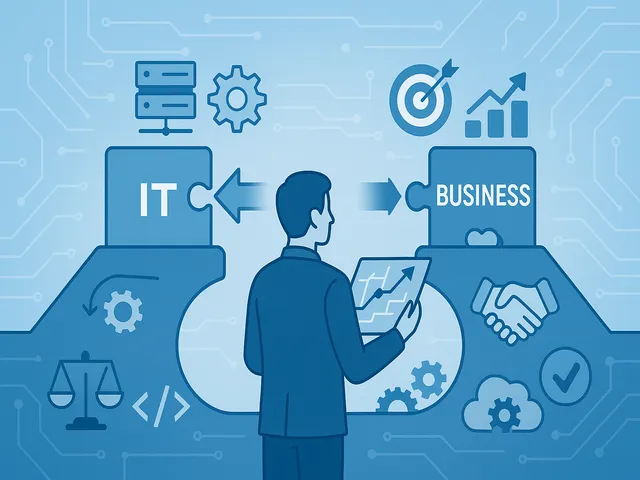The Misconception of Alignment
True alignment is not about IT merely supporting business operations or receiving directives from leadership. It’s a mutual, evolving relationship where IT actively shapes and is shaped by strategic priorities. Often, misalignment occurs because IT is treated as a cost center rather than a driver of business value.
Common Organizational Barriers
- Lack of shared metrics: IT success is often measured in uptime and delivery timelines, while business teams focus on revenue and growth.
- Communication silos: Technical jargon and business language frequently create disconnects during strategy sessions.
- Unclear ownership: Uncertainty over who "owns" digital transformation leads to stalled initiatives and duplicated efforts.
Strategies for Effective Alignment
To bridge the divide, organizations must go beyond surface-level fixes. Here are several proven strategies:
- Joint Planning: Integrate IT leaders into core business planning processes to ensure technology is part of the value discussion from the start.
- Shared KPIs: Define success metrics that both IT and business teams are accountable for.
- Agile Governance: Use flexible, cross-functional teams that adapt to shifting priorities without compromising structure.
- Continuous Dialogue: Encourage regular and candid communication between CIOs, business unit heads, and key stakeholders.
How Interim Consultants Can Help
Bringing in interim IT leaders or external consultants can catalyze alignment by offering a fresh, impartial perspective. These professionals often uncover unspoken friction points and can facilitate strategic realignment quickly and effectively, thanks to their cross-industry experience and neutrality.
Tools That Drive Alignment
Organizations benefit most when frameworks like ITIL, COBIT, or Balanced Scorecard are not used dogmatically but tailored to their business context. Additionally, enterprise architecture tools and collaborative platforms like ServiceNow or Atlassian Jira help visualize how IT initiatives contribute to wider business goals.
Conclusion: A Continuous Journey
True alignment is not a one-time achievement; it’s a continuous process of recalibration as business conditions evolve. By embedding IT into the heart of business strategy, companies can unlock new efficiencies, innovation, and measurable growth.
At Yuuki Management Consulting GmbH, we specialize in helping organizations achieve real, sustainable alignment between IT and business through expert interim leadership, structured frameworks, and strategic coaching.

